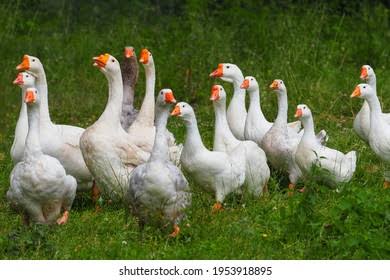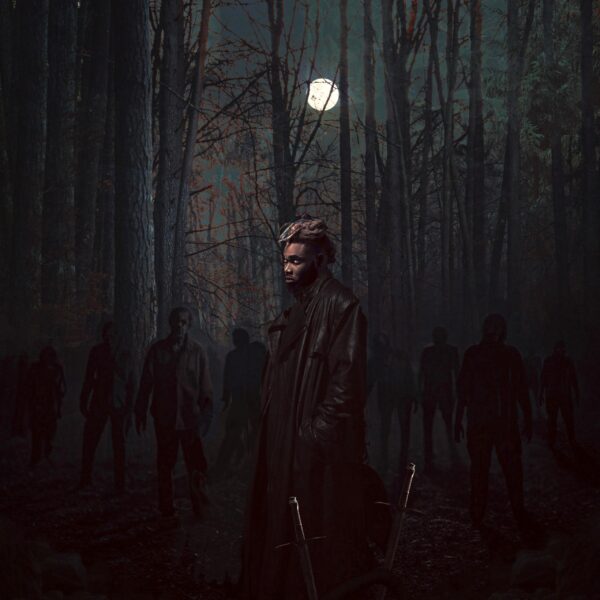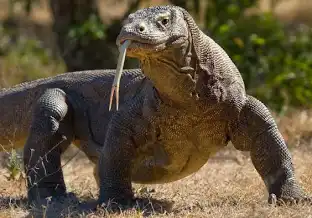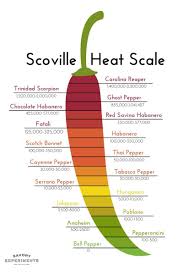 In the colorful tapestry of the English language, few things are as charming or as curious as collective nouns � those special words used to describe groups of animals. While we might refer to a group of dogs as a �pack� or a group of cows as a �herd,� when it comes to geese, the story becomes far more intricate, poetic, and steeped in tradition. You might be surprised to learn that the collective noun for geese depends not just on number, but on where they are and what they are doing.
In the colorful tapestry of the English language, few things are as charming or as curious as collective nouns � those special words used to describe groups of animals. While we might refer to a group of dogs as a �pack� or a group of cows as a �herd,� when it comes to geese, the story becomes far more intricate, poetic, and steeped in tradition. You might be surprised to learn that the collective noun for geese depends not just on number, but on where they are and what they are doing.
Let�s unravel the fascinating vocabulary surrounding our feathered, honking friends.
The Gaggle: Geese on the Ground
The most well-known collective noun for geese is a gaggle. This term applies when geese are on the ground or in the water. It originates from the Middle English word gagelen, an imitation of the noise geese make � a symphony of honks, squawks, and calls that can indeed resemble a raucous gathering.
A gaggle of geese evokes images of birds waddling in clusters on grassy plains or floating serenely (though noisily) on ponds and lakes. It�s a fitting term for a species that thrives in tight-knit, sociable groups. Geese form strong family units and often return to the same feeding and nesting grounds year after year, creating deep bonds that support their survival.
The Skein: Geese in Flight
When geese take to the sky, the collective noun changes. A skein refers to a group of geese in flight, particularly when they are flying in a long, string-like formation � often during migration. The word �skein� is traditionally used to describe loosely coiled threads of yarn or wool, and it aptly captures the appearance of geese stretched out across the sky in a thread-like pattern.
Skeins are especially visible during seasonal migrations, when flocks of geese head north or south depending on the time of year. The term adds a lyrical quality to this breathtaking natural phenomenon, emphasizing the visual grace and pattern of their flight.
The Wedge: V-Formations in Motion
If the geese are flying in a V-shaped formation, they may also be referred to as a wedge of geese. This configuration is more than just beautiful � it�s practical. Flying in a wedge formation helps reduce wind resistance for the birds behind the leader, allowing the group to travel greater distances with less energy. Each bird takes a turn leading the formation, ensuring that no one individual becomes exhausted too quickly.
Calling this group a �wedge� reflects both the shape and the aerodynamic functionality of the formation. It�s a stunning blend of biology and linguistics that showcases nature�s efficiency and the elegance of language.
Other Archaic and Poetic Terms
The English language is rich with collective nouns � some rooted in medieval hunting terminology, others borne of literary imagination. While �gaggle,� �skein,� and �wedge� are the most accurate and widely accepted for geese, older texts sometimes refer to groups of geese as:
- A plump of geese (especially in hunting terms)
- A team of geese (especially domesticated geese)
- A flock of geese (a more general term, applicable in various contexts)
These terms offer a glimpse into how closely people once observed nature, crafting specific language to describe even the smallest variations in animal behavior.
The Social Significance of Goose Groups
Beyond the words themselves, the collective nature of geese speaks volumes about their behavior. Geese are highly social animals, known for their loyalty, strong family bonds, and incredible teamwork. They mourn lost mates, defend their young fiercely, and exhibit coordinated cooperation during migration that inspires even human leadership metaphors. In fact, their V-formation is often cited in motivational and corporate training sessions as a symbol of shared leadership and group efficiency.
Whether you call them a gaggle on the ground, a skein in the sky, or a wedge in motion, geese offer us a rich linguistic and biological tapestry to admire. Their collective nouns not only reflect their physical arrangements but also mirror the complex social behaviors that make these birds so remarkable.
So next time you see geese honking in a park or slicing across the sky in graceful unison, remember: you�re not just witnessing birds � you�re seeing a gaggle, a skein, or a wedge in action. And with that, you�ve stepped into a world where words and wildlife dance beautifully together.







